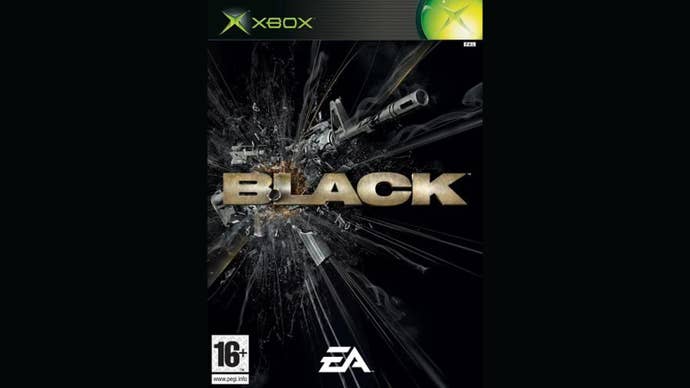Shot in the dark.
The game recieved largely positive reviews, though early plans for a sequel never materialised.
The lack of multiplayer had been a criticism of the original.

“The idea centred on American troops going overseas, kidnapping people and bringing them back across borders…
I’m not sure that there was a fully-fledged story mapped out though.”
“It felt intuitive and organic.

There were some cool enemy AI behaviour with the way they moved around the environment.
You’d see them jumping over car bonnets and sliding into cover.
It looked amazing as a player, because you had that dynamic flow of movement.

These were just very early ingredients at the R&D stage.”
“They wanted to continue to be influenced by movies.
“One of the aspects of pre-vis that stood out was they wanted to have more realistic scenarios.
Essentially a bit like Hitman.”
One idea was to allow players to move their gun independently of their viewpoint while remaining in first-person.
“You’re in a big open area, with great big concrete blocks as cover objects.
There’s enemies coming in,” he recalled.
It’s getting closer and closer to launch, and the whole environment gradually reflected that.
Eventually it opens and this great big missile launches out the middle.
It was all about the evolution of the gameplay environment.”
Why did the world never see a sequel?
Criterion was busy withBurnout Paradise, while the shooter market was looking crowded.
“There were a lot of other shooters coming out, even within EA,” Othen concluded.
“Bad Company was experimenting with destructible levels.
I was disappointed that it didn’t get to see the light of day.”
The full article onthatHITBOXwith a deep-dive into the original Black’s development is well worth a read.